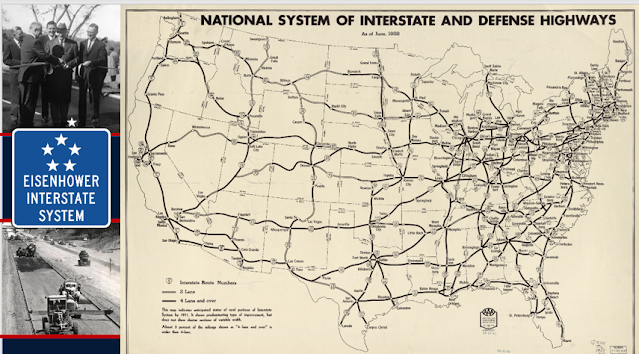By Angie Landon Dunsworth
 |
| Miranda Dunsworth |
At first, I tried not to let my gut or mother’s intuition
take over, but I could feel something was wrong. I kept trying to get in
contact with her. I wanted to wake up my husband and tell him she wasn’t home,
but I couldn’t do it. I kept telling myself she was going to walk through that
door any second and I shouldn’t overreact. I must have called and texted her about
100 times before the doorbell rang. Who would have thought that the doorbell
would have changed our lives forever.
Officer Sam Darroch and Dr. Nathan Strandmark were standing
at my door. When I saw both of them, I knew in my gut what their next words
would be, but I was in shock. They both looked at me with despair. They said,
“Angie, Miranda…” while shaking their heads. They paused for a moment. I replied
in denial, “Miranda what?” They proceeded to finish their sentence. “Miranda
didn’t make it; she was in a bad accident.”
Later, we learned how that night came to be. Around 12:35 a.m., June 21, 2012, Miranda was running late from seeing her boyfriend. It was past her curfew. She headed eastbound on Mary Street for home. This road has a very steep ditch on the south side. I can’t say my daughter is perfect, but she was always a BIG stickler on wearing seat belts. As hard as it is for me to say, she took her seat belt off to reach for something she had dropped.
As she tried to reach for whatever it was, she noticed she
was headed toward that steep ditch and overcorrected. Her car then flipped, which
flung her straight up and caused her to break her neck. She died instantly. She
was then thrown from the car. The car landed on her, rolling three more times.
For those who read this, it doesn’t matter if you are only
going to be unbuckled for 2 seconds. That’s all it took for Miranda. If you
drop something and cannot reach it, LEAVE IT!!!! Nothing is more important than
your life. Don’t kill yourself or someone else over things that don’t matter. NEVER
take off your seat belt, and NEVER reach for things while you’re driving. Pull over
or get it when you stop somewhere.
To the parents who read this, teach your kids how to get
out of situations like that so they don’t overcorrect and roll the vehicle.
Most importantly, teach them to never reach for things while they drive and
always wear their seat belts. One thing I suggest is teaching them to drive on
a dirt road. When you start to slide on a dirt road you, a) let off the gas; b)
ride with grooves till the vehicle slows down and you regain control; and c) DO
NOT SLAM THE BRAKES!!! Something I should’ve practiced more with my daughter.
During Miranda’s funeral, pastor Robert Deleon, her friends,
and everyone who attended created the ‘Miranda Rule!’ - to always wear your
seat belt while in a vehicle. To this day I hear kids yelling, “remember the
Miranda Rule!” It brings a warm smile back to my face that people still
remember my daughter.
Friends have also honored Miranda by creating a documentary
in tribute to her and by getting a street named after her. These things mean so
much to all her family members.
Two years later after Miranda’s passing, her younger sister,
Ari, was about to turn 16 years old, and I knew the time would be coming for
her to start driving. But I was NOT ready for her to start. It was difficult
for me to allow my other children to get behind the wheel. She was able to get
her license and is now a 24-year-old army wife. To this day has not crashed,
and I pray every day she never crashes.
I remember my daughter, Miranda, as a beautiful 16-year-old
girl who loved basketball, kids, friends, boys, school, and cars. She was
happy, full of life, and had a beautiful future. She was very involved in
sports and had many, many friends who loved her and supported her.
I recall back to when I took Miranda to get her farm permit
when she was 14 years old. When she was given her permit, they asked her if she
would like to be an organ donor. She looked at me and asked what that was. I
told her, it’s when something happens to you and if you would like to give your
organs to help others in need. I told her it was her choice and her choice alone
if she wanted to be a donor. She said to me, “If I could save at least one life,
that would make my life worth living.” She loved that analogy, so she became a
donor and thanks to Miranda, she was able to help/save over 100 people! People
from Oklahoma all the way to Maine received life-saving organs from Miranda. A
person from Oklahoma received her eyes. It is heartwarming to know a little
piece of her lives on.
It’s been a little over 10 years since the never-ending
nightmare began. To this day, when I hear certain songs, if my children don’t
answer my calls, if I hear sirens or come up onto a wreck, it brings me right
back to that night. It brings me back to Miranda’s funeral and images in my
head of my baby lying on a cold slab, something that NO parent should EVER have
to bear. Two seconds is all it took to take her life.
Angie Landon Dunsworth is the mother of Miranda
and Ari, and is from Garden City























